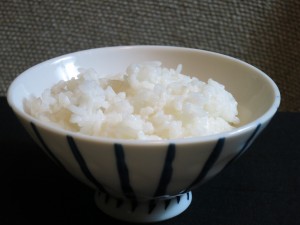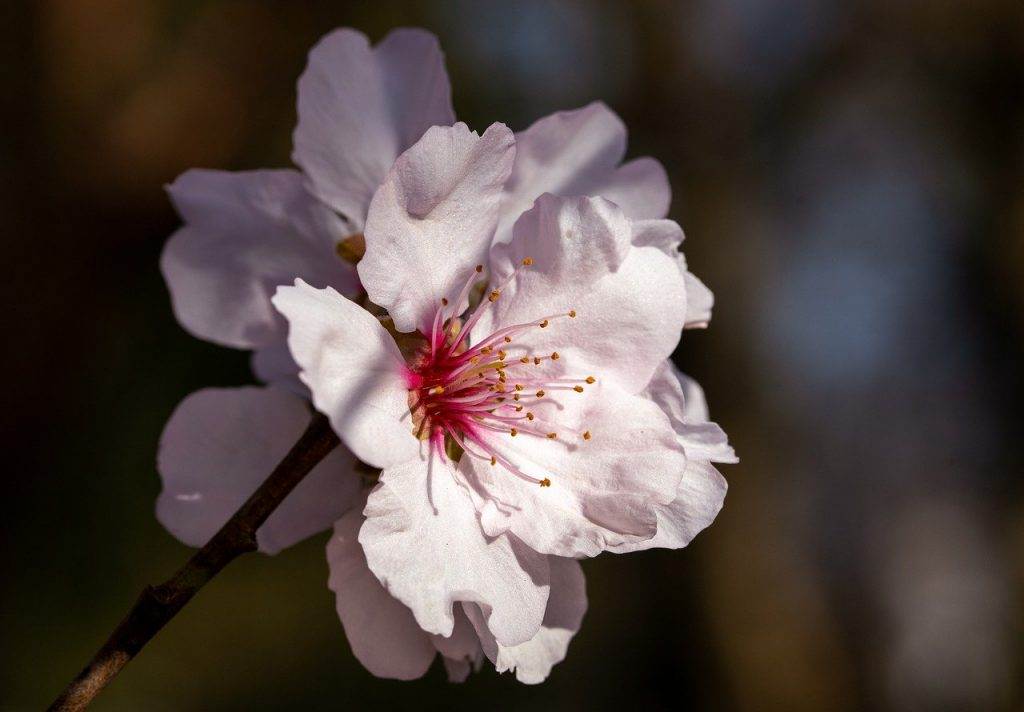 Recently, I’ve had many requests on cooking Japanese home-style food. There are a lot of good cookbooks and recipes available, however, when living outside of Japan, it’s often difficult to find and get all the unique Japanese produce and ingredients. So, I decided to put together simple recipes with ingredients that are readily available in the States. These will be introduced through video so you can see and follow the process. The first series is on rice. There will be four parts to this. I would love your feedback so I can improve along the way, so please do comment. This is my first one: How to Cook Japanese Rice in a Frying Pan.
Recently, I’ve had many requests on cooking Japanese home-style food. There are a lot of good cookbooks and recipes available, however, when living outside of Japan, it’s often difficult to find and get all the unique Japanese produce and ingredients. So, I decided to put together simple recipes with ingredients that are readily available in the States. These will be introduced through video so you can see and follow the process. The first series is on rice. There will be four parts to this. I would love your feedback so I can improve along the way, so please do comment. This is my first one: How to Cook Japanese Rice in a Frying Pan.
In an Asian home, a rice cooker is an essential appliance. However, not many of my non-Asian friends own one. Japanese food has become more popular in the West and having the right type of rice will compliment the experience. So, for those without a rice cooker, this video is for you: How to Cook Japanese Rice in a Frying Pan. Please note this is for white rice or hakumai 白米 in Japanese.
What type of rice do you need to purchase? Japanese rice is called Japonica rice. However, you can also purchase calrose rice and sometimes it is labeled as sushi rice. Most of the rice that is available in the U.S. is grown in California, with both short and medium grain rice. The difference in quality is reflected in price and usually the short grain is premium. There are a variety of species which can be found on the packaging such as koshihikari and nishiki, and it’s all a matter of preference. My favorite white rice is the koshihikari from Tamaki Gold. Yes, it’s a bit pricey from an American perspective, but in Japan they pay even more for their rice, and it’s really good. Definitely worth it if you like your rice. When cooking rice with different flavorings and ingredients, I prefer to use the medium grain because it’s firm, absorbs flavor, and keeps it’s shape.
What is shinmai? Newly harvested rice is called shinmai 新米 and freshness does affect flavor, so it will cost a bit more. On packaging in the states, there is usually a sticker that says “New Crop.” It’s good to remember that newly harvested rice needs less water than older rice as it has more moisture. In contrast, if you are using old rice, adding a bit more water when cooking will make it softer.
Rice is a such a staple in Asia that many households must have it with every meal, even if it’s a Western meal! It’s true that in Japanese homes in Japan and Hawaii, we could have spaghetti or mashed potatoes and still have rice…I think it must be a psychological comfort issue. Sometimes my mother would purposely forget to cook rice with a Western menu, but often someone would ask, “where’s the rice?” Now, if you find yourself without a rice cooker, you can always cook rice in a frying pan! May this video be an incentive to try more Japanese food in your home!
Update: In the video, I used one U.S. cup of rice to one plus a “little more water”. I found that depending on how much moisture your rice has, the amount of water can vary. With smaller grain Japanese rice, this ratio worked fine, but with medium or larger grain rice it really needed more water. Try starting with one cup rice Japanese rice, to one and a half cups of water. I also cook Mexican rice in a frying pan. When using long grain rice, the ratio of one cup rice to two cups water works best. Please let me know what works best for you!
Photo: Pixabay



Pingback: How to Make a Japanese Rice Ball – Onigiri | Asian Lifestyle Design
Pingback: What to Put Inside an Onigiri – Rice Ball | Asian Lifestyle Design
Rice cooked in a frying pan! What a great idea! In my younger days before rice cookers, we cooked rice in a sauce pan in a similar way. When the rice cooker was invented, I thought it
was ridiculous and unnecessary, but how wrong I was! Everybody seems to have one now,
including me! Thank you Jen.
Hi Mom,
It’s hard to imagine life today without a rice cooker. How dependent we are on our gadgets!
take care,
Jen